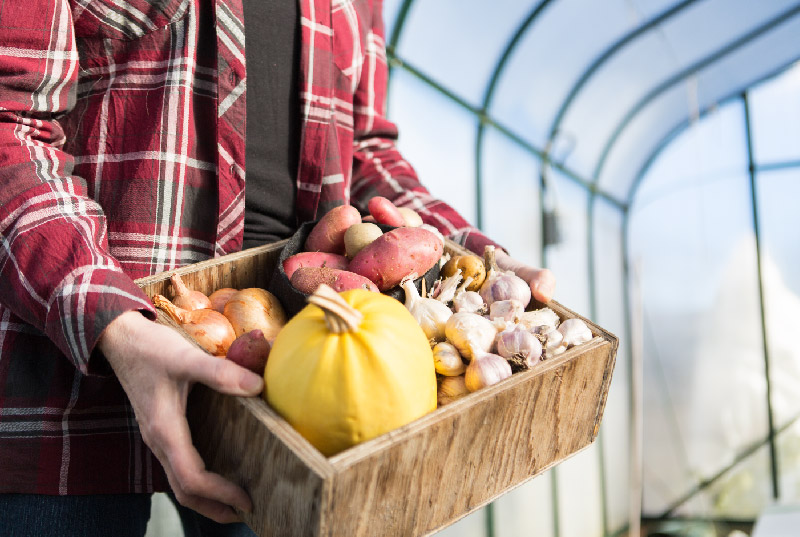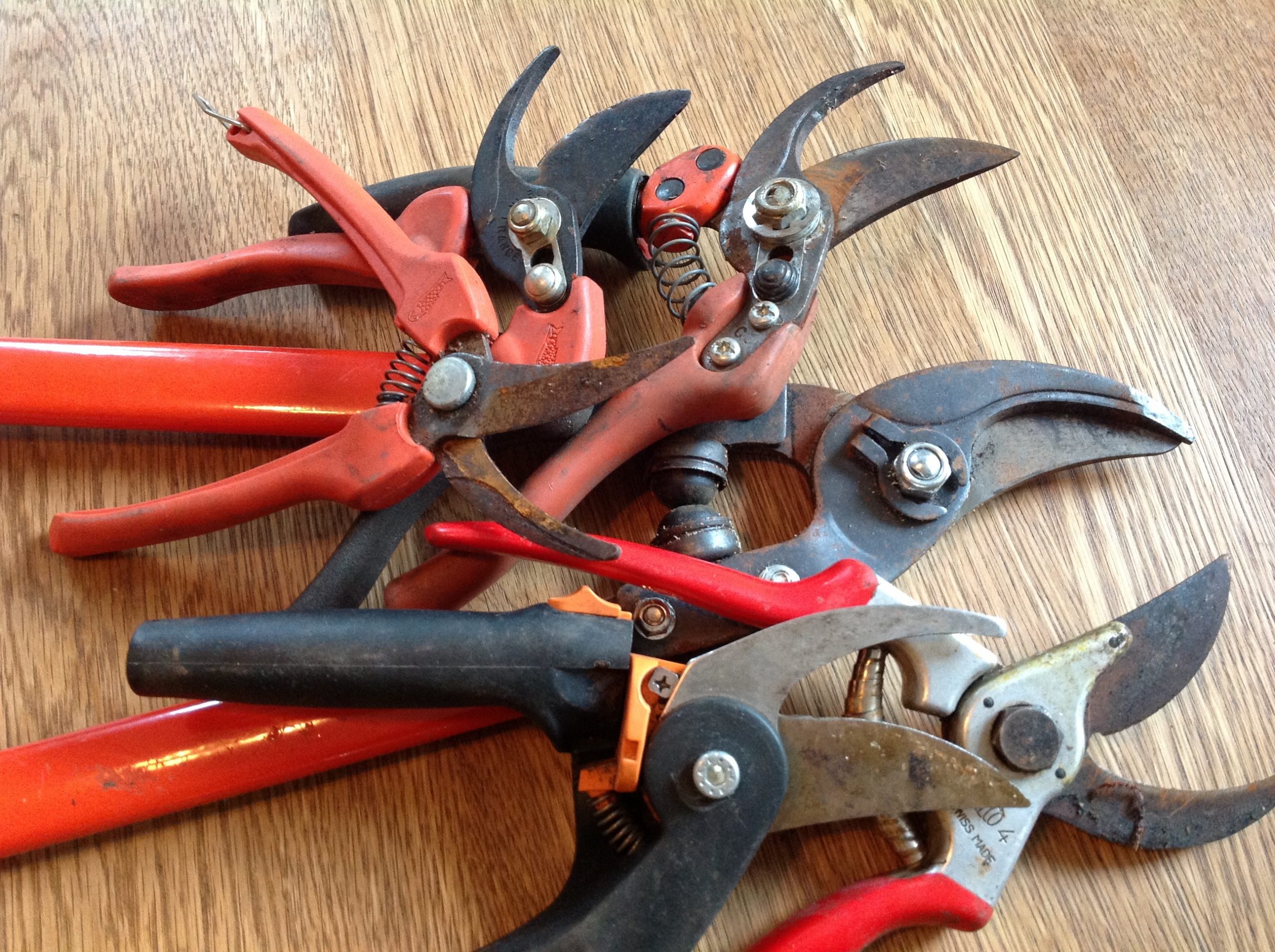
I help gardeners grow
& beginners blossom.
No seed left behind,
no soil unturned.
Together we can have lots of fun growing
great gardens using simple practical tips.
- Featured in -





Start saving & storing your garden seeds for a more more sustainable future
SIGN UP to get the FREE Seed packet PDF
X CLOSE

Do You Need To Clean and Sharpen Your Garden Shears?
It’s a common problem. Everyone thinks they are a garden designer. No one wants to be in maintenance. It’s just not sexy enough. It’s dirty fingernails versus dreamy figurines.

And I should know. I help people design their gardens. I don’t help them maintain them. I speak to groups about planning great vistas and intimate garden corners. I don’t get out and pull their weeds. I am guilty as charged. And yet in my own yard weeding is something I love doing – puttering around planting, pulling weeds, rearranging perennials, seeding vegetables, tugging out old overgrown shrubs, trimming off offending branches. It is a hobby and a vocation – but only in my own yard. Gardening gives me a reason to relax. It is mindless once it is underway. But sometimes it is tough to get the train moving down the track.
I am not sure how my tools got into so much trouble. One day I was reliably snipping and trimming and the next day the shears seized up and would not open after a cut. They were clogged with years of tree sap and rust. It was so annoying. You would think the maintenance faeries would have stopped by to help out.
Instead of cleaning and polishing my hand shears after using them (also called secateurs if you are in horticulture school) I was just dumping them in the tool shed between uses. Because I am a garden writer I get free samples of the newest and best tools and I have added those to my growing collection. When I moved households recently I collected together the various shears and took a look at them. My beautiful tools, including a pair I got, as weddings present 35 years ago, were all mucked up. I had to pry the shears open with two hands to make a cut and then physically close them. It’s time to start a maintenance program.
Luckily it is winter- I have started some lettuce under grow lights and have been doing odd occasional jobs in the garden but there isn’t a real need for me outdoors right now. So I decided to clean shears. Of course after the move the honing stone (still in its original packet from Lee Valley Tools) went missing. No need to buy anything special this time- I went to Home Hardware and bought their cheapest stone and honing oil to pour on it. The oil helps the stone sharpen better.
I line up the tools and take them apart to clean them. Yes- you can also sharpen the blades leaving them on the handle and if you have a cheaper pair they might not come apart. But I don’t believe in half measures. I loosen the main bolt on my 35-year-old Swiss Felco’s. Into soapy water they go. Then I tackle my French Sandvik’s, and Bahco’s and Finish Fiskar’s. I wipe them vigorously with an oily rag to clean away dirt and sap. Adding a drop of oil to the honing stone I made circular motions, running the blade over the stone in tiny sweeps. I check the sharpness against a piece of paper. The blades, previously stuck and jammed are now cutting paper!
I am cutting paper with tools that were ripping bark and smashing cambium a few minutes earlier. Now I am back in business. Too bad I don’t do this maintenance thing for a living. It’s easier than thinking up planting designs and creating concepts for talks. But at least I now know if I feel like delaying putting that next talk together or stalling on writing an article there is something else to occupy my time. And I plan to do it more often. Even, quite possibly, after every time I use a tool. But wait. I still have plenty of edges to sharpen on shovels, and forks and spades. I better get at it. It’s looking like a long winter.
What Would Donna Do?
Get my growing and gardening tips and pointers throughout the season.
















0 Comments